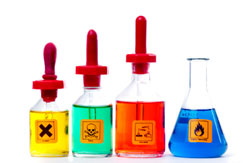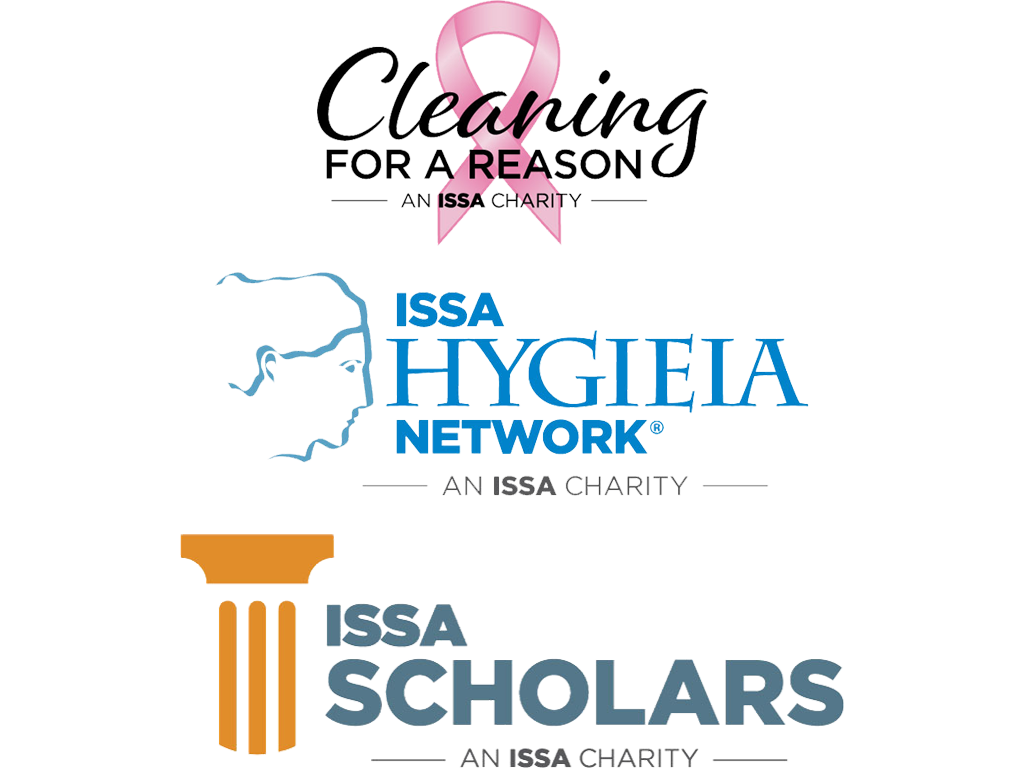Articles
Keeping Chemicals Part of the Carpet Cleaning Equation
Categories: Cleaning Applications, Distribution, Innovations, Trends & Technology
By Leah Waldrop | November 2, 2014 << Back to Articles
Accessible by: anyone
Cleaning professionals involved in carpet care may not always pay sufficient attention to the chemicals they’re using. For example, years ago, a middle-aged woman hired a professional carpet cleaning company to clean her home using the extraction method. The woman left for a few hours to allow the carpet to dry.
When she returned, she began to experience trouble breathing and was transported to a hospital where she remained for several days. Doctors determined that her reaction was to the chemicals used to clean the carpets. While this is a rare occurrence, it was so severe that public health officials investigated the incident.
Health officials found the following:
- Large amounts of sodium tripolyphosphate, dipropylene glycol methyl ether, and other chemicals in varying amounts in the carpet cleaning solutions were still present in the carpets and in the air 14 days after cleaning.
- Because the reaction was due to the chemicals, the carpets may not have been extracted as thoroughly as necessary, which is one reason these chemical ingredients still existed in such high quantities so many days later.
- Instead of a few hours to dry, the carpets probably took more than 72 hours to dry, which likely exacerbated the woman’s reaction.
While such a reaction to carpet cleaning chemicals is unusual, it is possible, and all the more reason that carpet cleaning pros must pay closer attention to the chemicals they use.
Selecting Carpet Cleaning Chemicals
It can be quite an eye-opener to see how many carpet cleaning chemicals are available from the many different manufacturers. A quick glance at the website of just one major distributor marketing carpet cleaning chemicals reveals the following:
- 72 different carpet cleaning detergents and rinses
- 11 carpet protectors
- Nine defoamers and descaling chemicals
- 28 deodorizers
- Four pre-sprays
- 22 pet odor and pet stain removal treatments
- 15 carpet cleaning shampoos
- 81 carpet spotters and stain removers.
This represents a total of 242 different carpet cleaning solutions. And while this is a major distributor, all these products are manufactured by only a few different chemical manufacturers. There are many more manufacturers of carpet cleaning chemicals, which means the number of carpet cleaning chemicals and solutions may actually be in the thousands. Because of this, helping your clients select the best chemicals for their needs can be quite the chore.
Making matters more confusing, each manufacturer is likely to suggest that its chemicals are superior to brands from other manufacturers. This may be true in many cases, but in the end, the customer is going to have to make that call and select the chemical.
So, how can you help?
What we see in larger facilities—and a service that cleaning professionals can take advantage of—are computerized programs or web-based dashboards that some jansan distributors now are utilizing. With some of these systems, the distributor first analyzes what chemicals are currently in use for carpet care.
This is often referred to as a needs analysis. Essentially, it is an inventory of all the chemicals in use, allowing the computerized program or dashboard to recommend chemical alternatives. Some systems are more detailed and can help users select solutions with fewer chemicals, fewer volatile organic compounds, or green-certified carpet cleaning alternatives.
The ultimate goal with these technologies is to allow customers to easily find chemical alternatives that are comparable in performance, may be more cost-effective, perform better, or, in this case, have fewer environmental impacts.
Effective Cleaning While Protecting Health
While there has been talk of chemical-free cleaning for different tasks, chemicals continue to play a crucial role when it comes to carpet cleaning and the health of facilities. Cleaning solutions loosen and dissolve soils so that the equipment used can easily and quickly remove them from the carpet. Distributors may consider developing and utilizing software and computerized systems as discussed to assist their clients with identify carpet cleaning chemicals that are effective, can reduce costs, and are safe for the user and building occupants.

About the Author.
Leah Waldrop is marketing manager for Afflink’s eLev8® system. Afflink provides an array of comprehensive sales and marketing solutions to more than 300 distributors and 200 supplier organizations of jansan, packaging, safety, and office products. Waldrop can be contacted via Afflink’s Web site at www.afflink.com.


